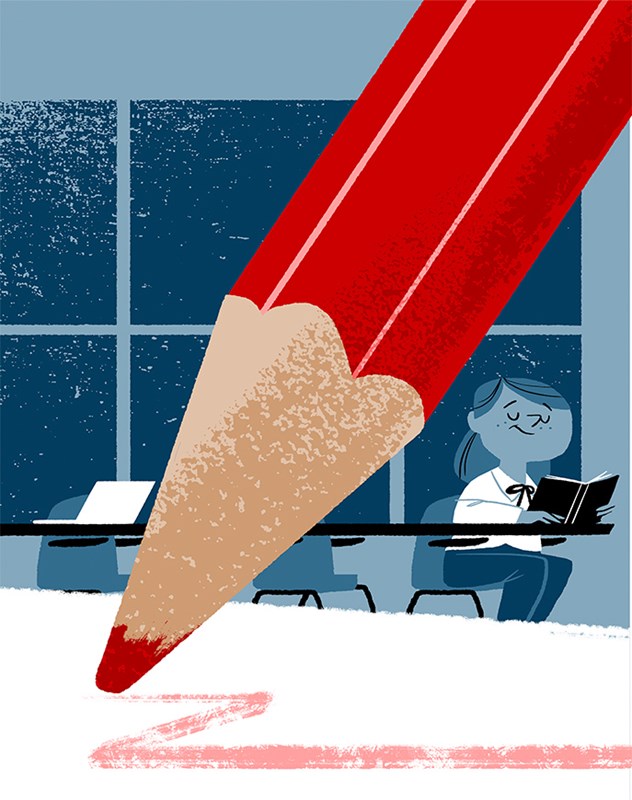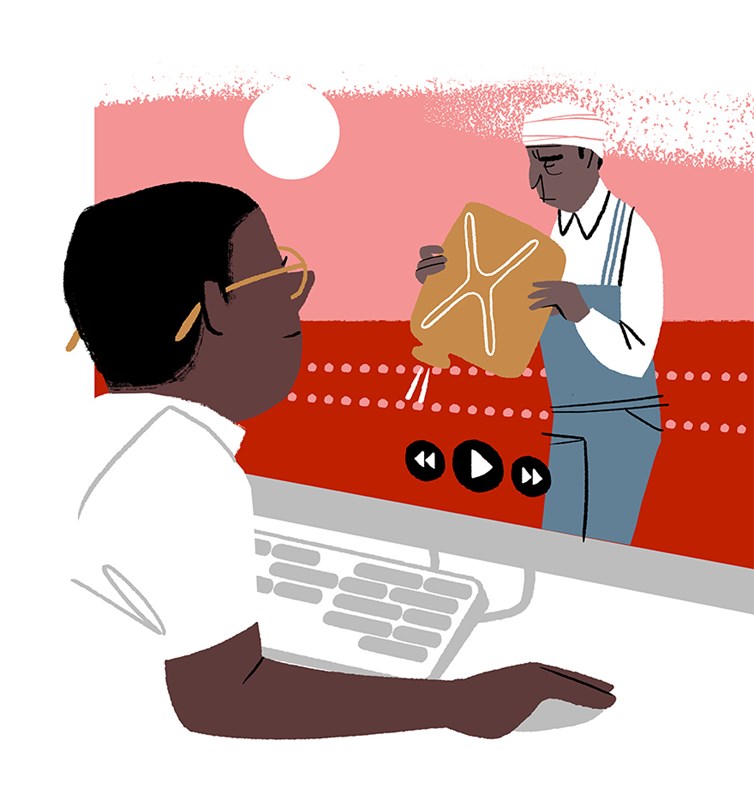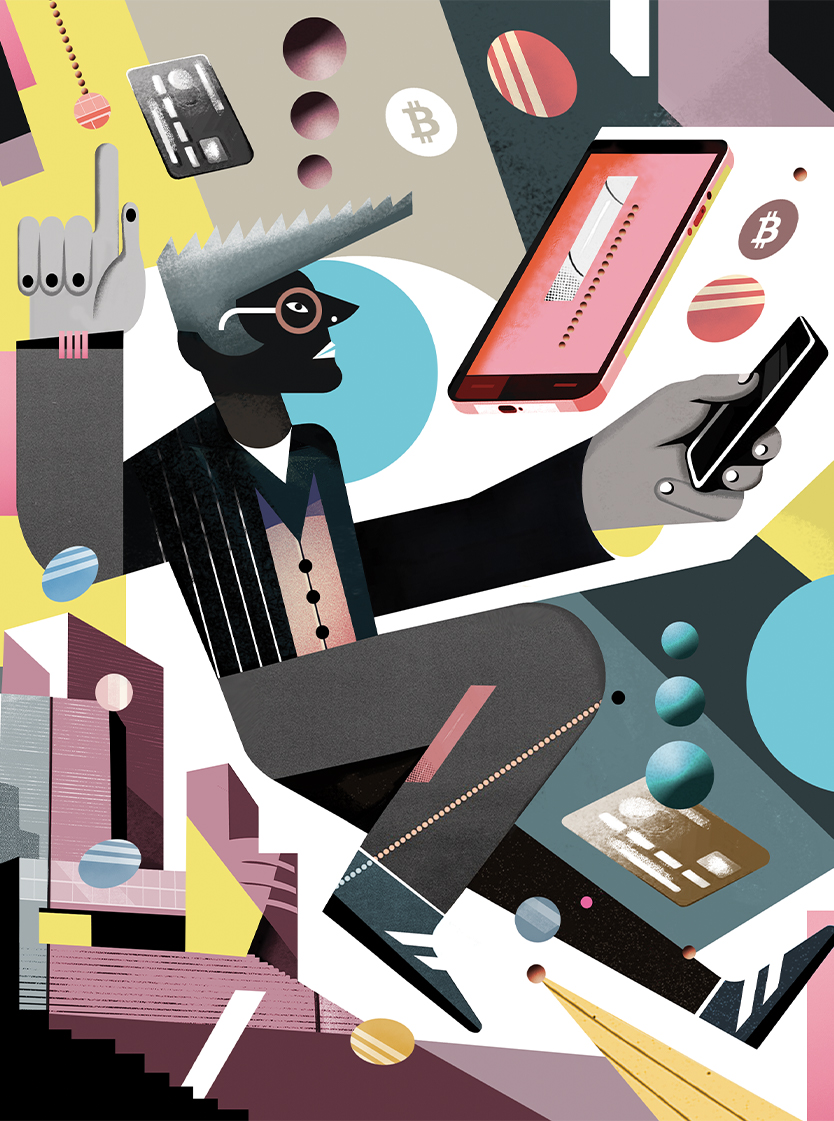Shaping the future must begin in today’s classrooms
By Wendy Kopp

Adam Nickel

Educators have the greatest role to play in developing students who can navigate uncertainty and shape a better future. But they also need to develop to fulfil their potential in this pursuit argues Wendy Kopp.
What will schools and classrooms around the world look like in 2050? Will students still sit in rows, paying attention to a teacher at the front of the room? Will they even be in school buildings at all, or will they be learning from home on smart devices powered by artificial intelligence (AI) algorithms which tailor interactive content to their individual learning needs?
These questions are top of mind for many, especially after the upheaval caused by the pandemic has made radical shifts in education no longer seem like futuristic fantasies. However, if the past couple of years have taught us anything, it’s just how impossible it is to predict the future in a world which is changing more rapidly than ever, and in directions no one can foresee. The most important question is not what exactly those classrooms will look like and what the role of AI might be, but rather how we can reorient our school systems now towards a different purpose that will enable students to thrive in this uncertain world and reshape it for the better.
The vast majority of the world’s schools are working towards transferring a body of academic skills and knowledge to students. Yet this is an insufficient goal for a world where we can expect today’s kids to have many different careers over the course of their lifetimes—in many cases taking on jobs that we haven’t even thought of yet—and where they will need to address increasingly complex challenges, whether they are worldwide pandemics or the existential threat of climate change. The biggest change in education must be rethinking its very purpose—from this reorientation will flow important changes in the roles of teachers and technology, but without it, we’ll simply be deploying teachers and technology towards outdated ends.

Teach For All is a global network of organisations operating in 60 countries around the world, which are all working to develop teachers and leaders to ensure that all children can fulfill their potential. Over time, we’ve come to realise that catching marginalised kids up to their more privileged peers by providing extra time, resources and support isn’t going to be enough to equip today’s generation to solve the increasingly complex issues facing our planet and our society. Rather, we must be developing students who can navigate uncertainty and shape a better future for themselves and all of us, or else they won’t be on a path to healthy and fulfilling lives, and we won’t be able to reach any of our aspirations for peace, sustainability, and inclusiveness.
With this purpose in mind, we began rethinking our framework for developing students and teachers by studying classrooms where students were developing in their leadership, where they were gaining a sense of agency, awareness of self and systems, critical thinking skills and problem-solving abilities, and a sense of well-being and connectedness.
We’ve learned from teachers such as Teach For India’s Oindrila Sanyal, who teaches 73 10th grade girls English and social studies in Delhi, and Enseña por Colombia’s José Luna, who teaches maths and physics to 100 students across multiple grade levels in Bogotá.
Oindrila teaches her girls how to think, and how to apply their learning of history to the challenges facing their communities and country today. She infuses the study and reflection of eight values and competencies into her lessons—courage, compassion, critical thinking, consciousness, creativity, collaboration, curiosity, and communication—and puts students in charge of setting goals, and even classroom teaching, to foster their sense of ownership. Every week, she engages the students in critical reflection on the week’s teaching and seeks students’ partnership in strengthening the rigour and effectiveness of the classroom.

José engaged his students in researching what was happening in their country. When the students discovered that a third of the families in rural communities faced a shortage of water and gas, they studied the relevant science, often via WhatsApp voice notes, and pioneered solutions—a way of collecting and purifying rainwater through filters, and a way of taking organic waste and creating and storing gas. José talks about the Sustainable Development Goals with his students to develop their empathy. He seeks to make the students the stars of their classroom, and to promote analytical critical thinking, and understanding through asking questions. He says that one of the most important things he does is to build trust with his students and model strong values: ‘The teacher must be a human being with values, discipline and empathy, and I work on this all the time’.
Through learning from teachers like Oindrila and José, I’ve come to see that if we’re going to reshape our collective future, it’s educators who have the greatest role to play—and also to recognise just how much we’ll need to develop ourselves in order to fulfill our potential in this pursuit.

What we’ve learned through our classroom studies is that developing students as leaders requires significant mindset shifts among educators. It requires seeing students as whole people who are capable of shaping their own lives and the world around them; seeing ourselves as lifelong learners who respond to challenges with curiosity, humility and creativity; seeing communities as sources of power and wisdom and recognising that lasting change requires authentic partnership with students, families and other educators; and seeing our work as challenging the root causes of injustices that inhibit students’ potential. The real answer to what our classrooms will look like and how students will learn in 2050 is not something we need to wait 30 years to see. The way we choose to educate kids today—and the extent to which we consciously prepare them to shape their world for the better—will determine the classroom and education systems they build. Those classrooms might be AI-driven in some areas of the curriculum, but they are just as likely to demand even more of highly-skilled teachers, who are working to build the values, skills and mindsets that will be even more important in enabling the work that cannot be automated.
We can’t afford to continue working within today’s education system without questioning its fundamental purpose. Now is the time when we need to come together in countries and communities all over the world to consider the challenges we face and the opportunities we have, to reflect on our local values and global aspirations, and to co-create a vision of the future and the purpose that we educators will need to embrace in order for it to be realised.








